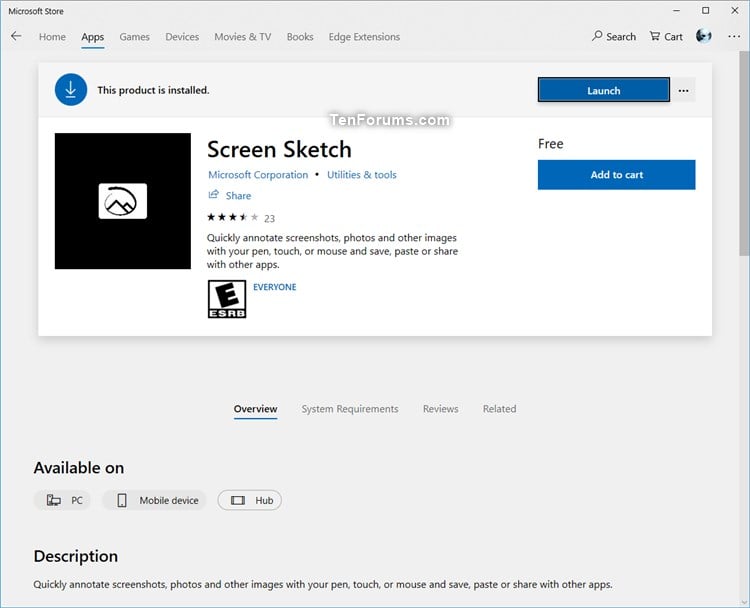

The first step will be to sync Intune with the Store for Business. To simplify application management for default Windows 10 apps for your organization, we highly recommend leveraging the Microsoft Store for Business and mobile device management.įor the purpose of this explanation, we’ll be using Microsoft Intune. This was also detailed in a great Niehaus article.Īll of this can become very confusing (and tedious).

These are called provisioned apps, and as mentioned they will vary by user account type (local, Microsoft account, or AD or Azure AD) and SKU (Home, Pro, Enterprise). Previously, you were only to able uninstall:įrequently changing apps are one thing, but many of us have also seen different apps automatically install based on the type of user that logs in. To complicate things further, Windintroduces another change: more of the default in-box apps can be removed! These include: Frustratingly, in later versions of Windows 10 (1607, 1703, 1709, and so on) the in-box apps changed – meaning more work for the IT admin maintaining the imaging process. We’ve all read the famous Niehaus article on how to remove Windows 10 in-box apps using a task sequence.


 0 kommentar(er)
0 kommentar(er)
